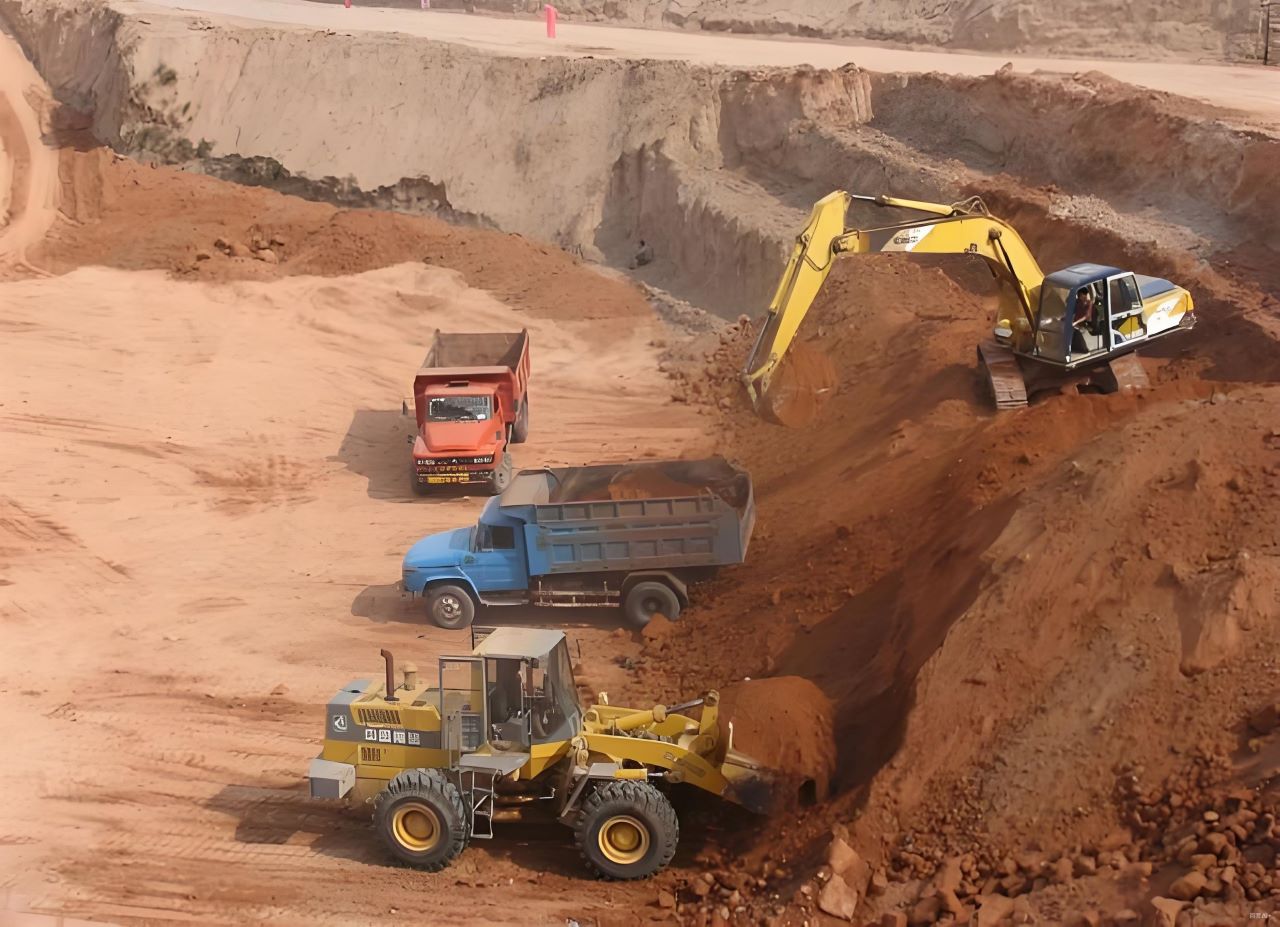What are three types of excavation? There are many types of excavation depending on the project's purpose, but the three main types most commonly recognized in construction and civil engineering are: topsoil excavation, earth excavation, and rock excavation. The following is an introduction to these three basic excavation types.

1. Topsoil Excavation
The process of removing the upper layer of soil (topsoil) from a site. This layer is typically 15–30 cm thick and rich in organic matter, supporting plant growth.
Application: Usually done at the start of construction. The removed topsoil is often stored and reused later for landscaping, lawns, or restoring vegetation around the project.
2. Earth Excavation
The excavation of soil layers below the topsoil. This soil (called "subsoil") has less organic matter and is more compact, including materials like clay, silt, and sand.
Application: Used to create foundations for buildings, trenches for pipelines, or basements. It requires standard earth-moving equipment like excavators and bulldozers, as the soil is relatively easy to dig compared to rock.
3. Rock Excavation
The removal of hard, solid rock formations from the site. This type is more complex and requires specialized tools due to the high hardness of rock.
Application: Necessary for large-scale projects such as road construction through mountainous areas, tunnel digging, or building foundations in rocky terrain. Common methods include drilling and blasting, or using rock breakers attached to excavators.





